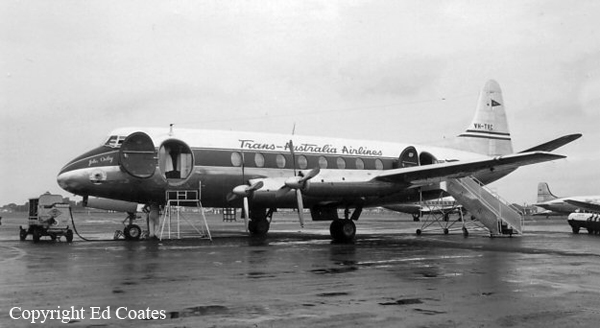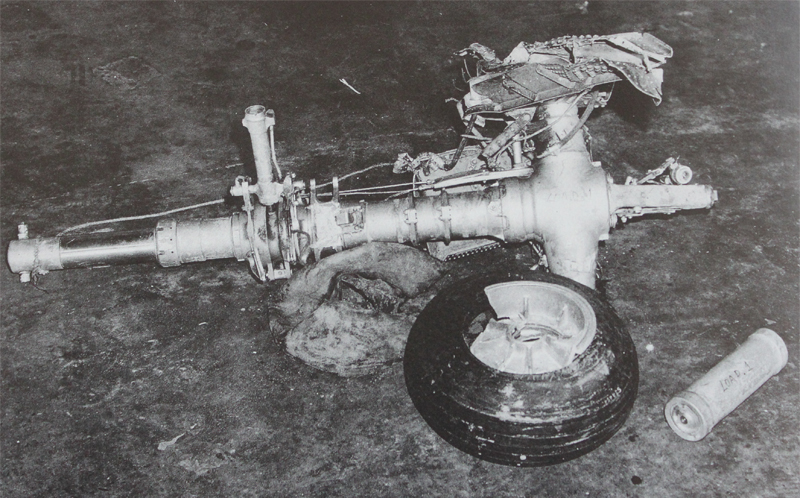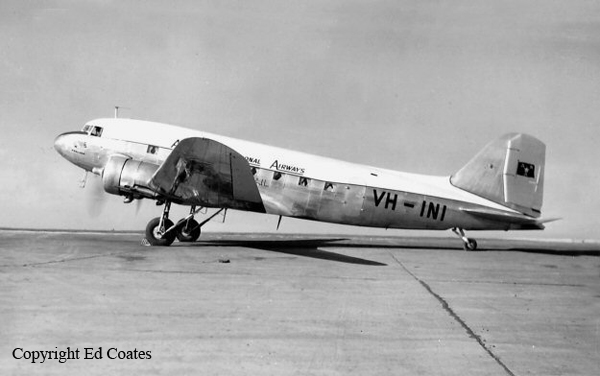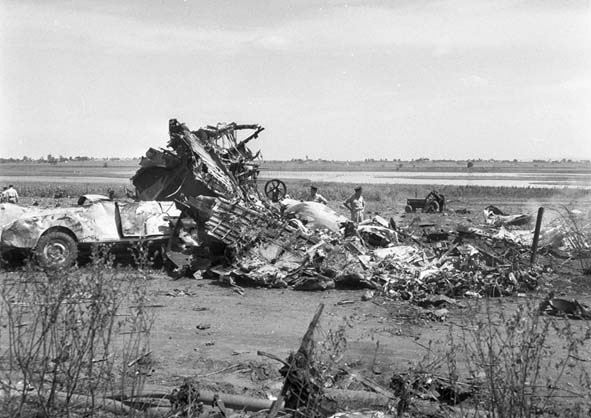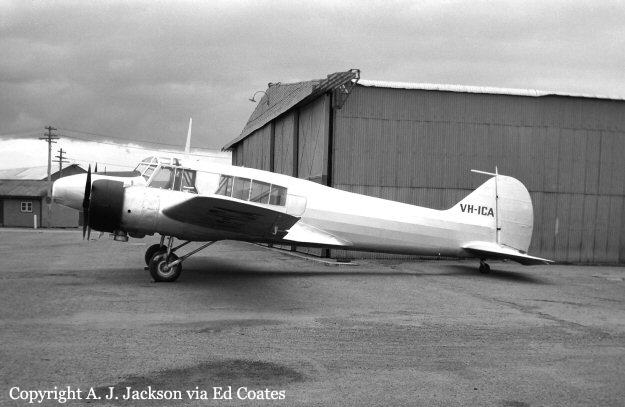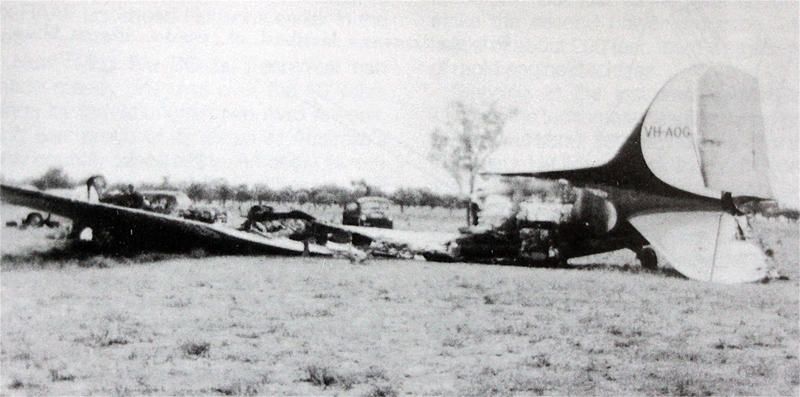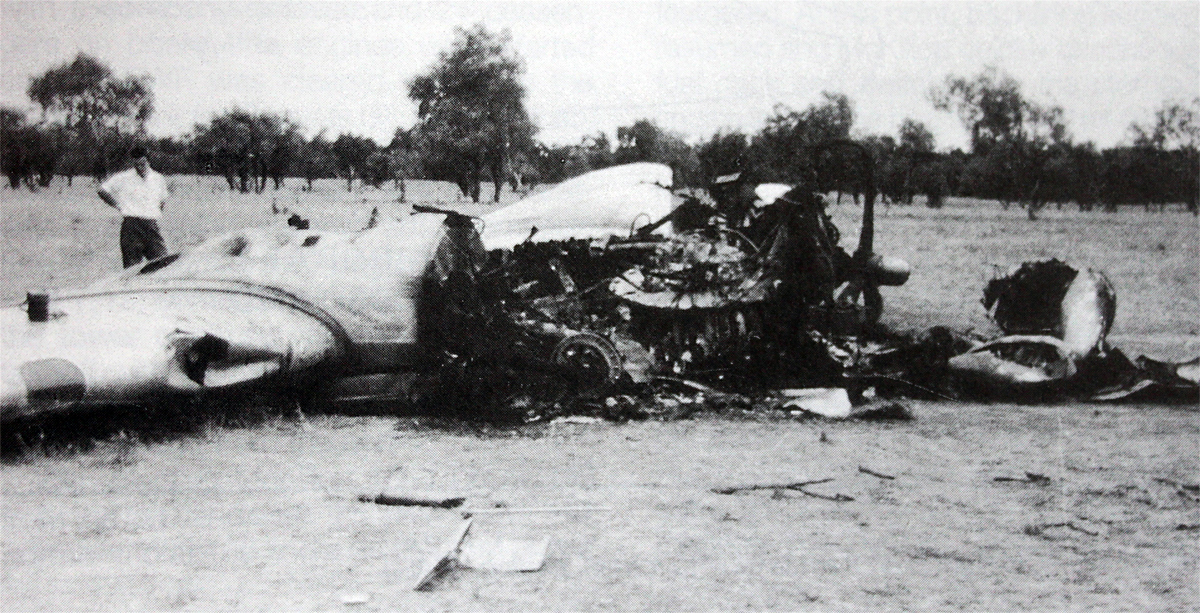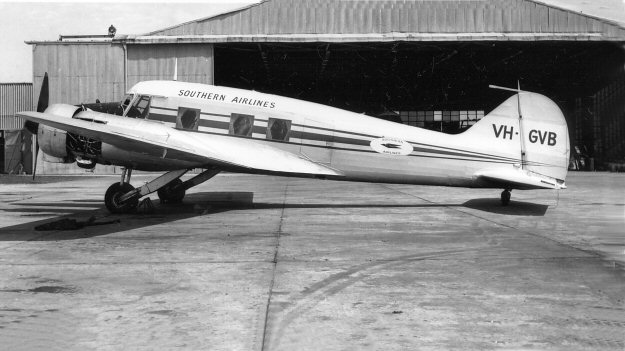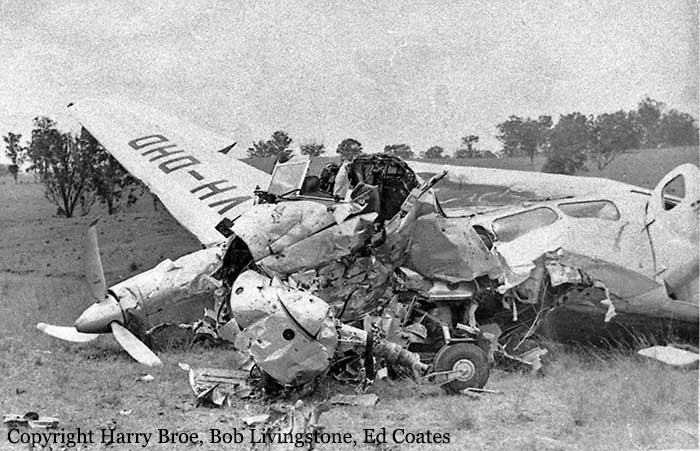Crash of a De Havilland DHC-2 Beaver in Woolbrook
Date & Time:
Feb 21, 1962
Registration:
VH-AAP
Survivors:
Yes
MSN:
643
YOM:
1954
Crew on board:
1
Crew fatalities:
Pax on board:
0
Pax fatalities:
Other fatalities:
Total fatalities:
0
Circumstances:
Crashed in unknown circumstances in Woolbrook while performing a local spraying mission. The pilot, sole on board, was slightly injured.




